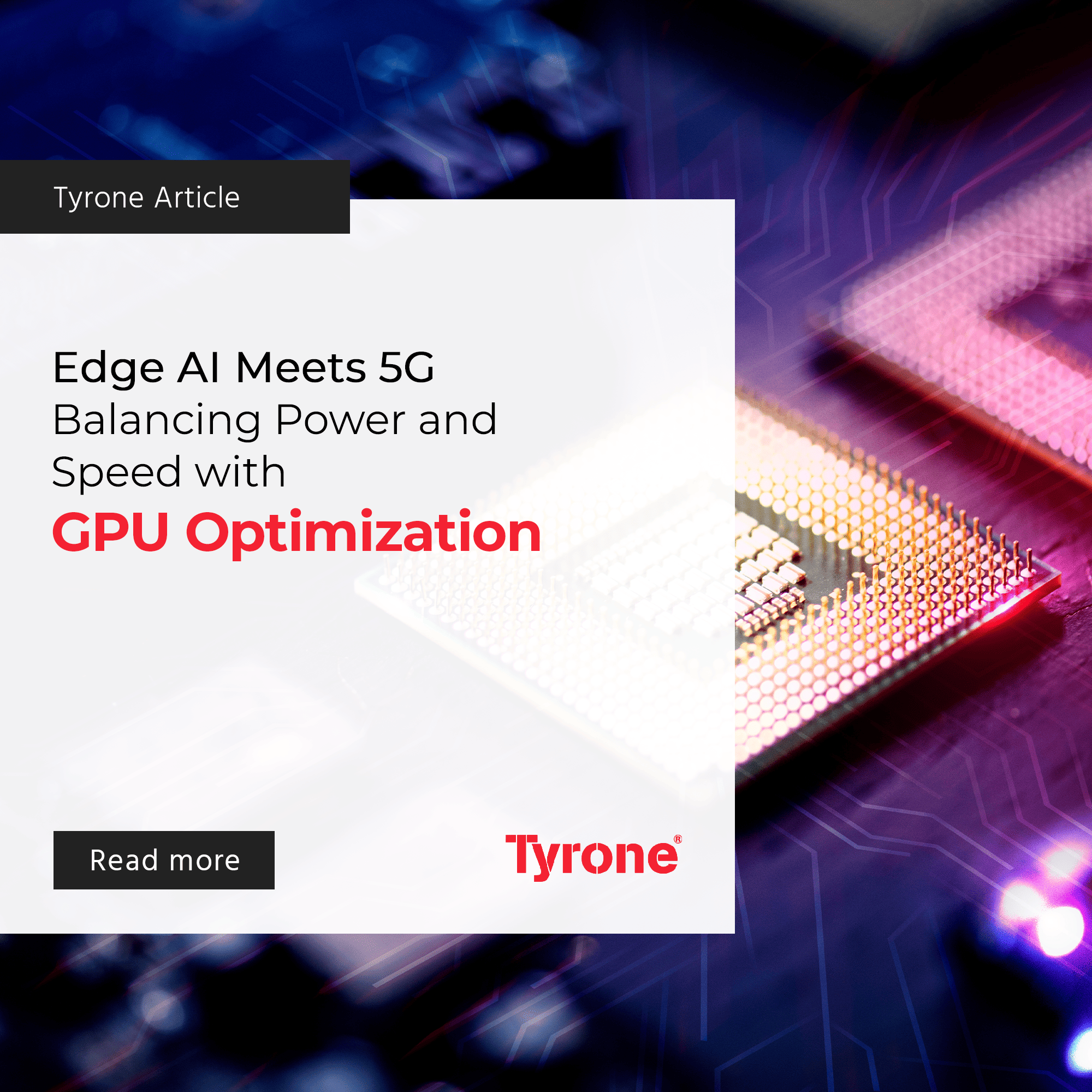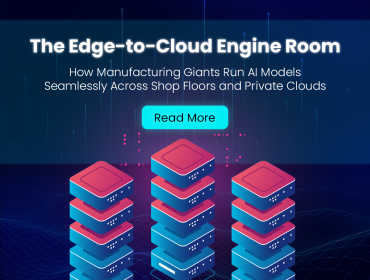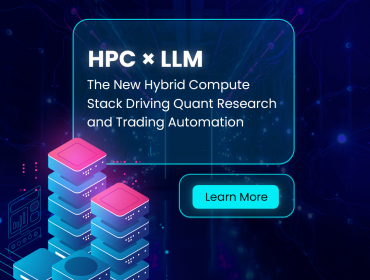In today’s hyper-connected landscape, stakeholders are acutely aware that real competitive advantage hinges on the convergence of advanced technologies. The integration of Edge AI with 5G connectivity is more than just a trend—it’s a strategic imperative. This article examines how GPU optimisation is the linchpin in achieving the critical balance between computational power and data transmission speed, ultimately redefining operational efficiency and unlocking new revenue streams.
The Convergence Imperative: Edge AI and 5G
Edge AI shifts intensive computations closer to the data source, enabling instantaneous decision-making. When combined with 5G’s ultra-low latency and high bandwidth, organisations can process vast datasets in real time, providing an edge in scenarios where milliseconds matter. For example, in manufacturing and autonomous logistics, latency reductions can drive down operational risks and significantly improve process throughput.
Stakeholders must note that the challenge is not just about connecting devices or deploying AI at the edge—it is about seamlessly integrating these components to create a scalable, resilient ecosystem. Recent industry reports suggest that by 2026, the edge AI market is expected to surge past USD 3.8 billion, driven largely by the increased adoption of 5G networks and accelerated GPU advancements (Source: MarketsandMarkets).

GPU Optimisation: The Engine Behind Accelerated Performance
Enhancing Real-Time Inference
GPUs have become synonymous with high-performance parallel processing, essential for deep learning and real-time data inference. By leveraging GPU optimisation, organisations can dramatically reduce the inference time for complex neural networks. This acceleration is vital in sectors like healthcare, where rapid image processing can be life-saving, and in autonomous vehicles, where immediate reaction times are critical.
Optimised GPUs reduce the energy footprint while delivering superior computational performance. This balance between energy efficiency and speed is crucial not only for cost management but also for sustainable operations.
Maximising Throughput in 5G-Enabled Environments
The high-speed, low-latency characteristics of 5G create an environment where data is continuously streaming from millions of sensors and devices. GPUs must be optimised to manage this deluge efficiently. Advanced scheduling techniques and custom kernel development ensure that GPUs can handle the asynchronous data loads typical in 5G environments. Such improvements in throughput directly translate into enhanced performance for AI-driven applications.
Efficient GPU utilisation not only accelerates data processing but also ensures that the system remains responsive even under peak loads. This is particularly relevant for industries such as finance and telecommunications, where milliseconds can mean the difference between capitalising on market movements or missing critical trading opportunities.
Strategic Implications for Stakeholders
Driving Operational Excellence
The fusion of Edge AI, 5G, and optimised GPUs provides an unprecedented opportunity for operational refinement. Companies can deploy intelligent systems that pre-emptively address issues, thus minimising downtime and maximising productivity. Real-time analytics facilitated by this integration allow for predictive maintenance, dynamic resource allocation, and immediate anomaly detection.
Stakeholders should consider that these technological advancements do not merely enhance current operations—they fundamentally transform business models. The resulting agility, precision, and efficiency in operations can yield a significant competitive edge, enhancing customer satisfaction and driving bottom-line growth.
Capitalising on Data-Driven Insights
The robust combination of Edge AI and 5G, powered by GPU optimisation, opens up new avenues for data monetisation. In the era of big data, the ability to process and analyse information at the edge offers a strategic advantage. Decision-makers now have access to granular insights that were previously unattainable due to data latency and processing constraints.
This shift not only enhances internal decision-making processes but also enables organisations to offer innovative, data-driven services. For instance, smart city initiatives can leverage real-time analytics to optimise traffic flows and energy consumption. By monetising these insights, companies can generate additional revenue streams while contributing to societal benefits—a win-win scenario that stakeholders cannot afford to ignore.
Mitigating Risks and Ensuring Scalability
Integration of GPU optimisation in a 5G-enabled Edge AI framework also addresses critical risk management concerns. Optimised systems are inherently more resilient against cyber threats, as they can rapidly detect and respond to anomalous activities. Furthermore, scalability is embedded in the design philosophy; as the network grows, so does the capacity for intelligent processing.
Investors and stakeholders should be particularly mindful of the long-term implications of this technology integration. The scalability and adaptability of these systems ensure that organisations remain agile in the face of rapid technological change. This adaptability translates into reduced capital expenditure over time, as systems can evolve without necessitating complete overhauls—a critical consideration in long-term strategic planning.
Looking Ahead: Investment and Innovation
The pathway to optimising both power and speed is paved with continuous innovation in GPU architectures and AI algorithms. Stakeholders must adopt a forward-thinking approach, investing in research and partnerships that push the boundaries of what is possible. Collaboration with semiconductor companies and AI research institutions is crucial to staying ahead of the curve.
Furthermore, the development of industry-specific GPU optimisation strategies will be essential. Tailored solutions that address the unique demands of each sector—be it automotive, healthcare, or industrial automation—will drive the next wave of digital transformation. By staying informed of the latest advancements and investing in scalable technologies, stakeholders can secure a competitive advantage in an increasingly data-driven world.

Conclusion
The intersection of Edge AI and 5G, underpinned by GPU optimisation, represents a paradigm shift in how organisations manage, process, and capitalise on data. For stakeholders, the strategic integration of these technologies is not just about keeping pace with innovation—it is about defining the future of operational excellence, risk management, and revenue generation. By focusing on GPU optimisation, companies can achieve the elusive balance between power and speed, ensuring that they remain at the forefront of the digital revolution.
The time to invest is now. As the technology matures and market demands intensify, those who act decisively will not only drive substantial improvements in efficiency and cost management but also unlock new dimensions of growth and innovation.










